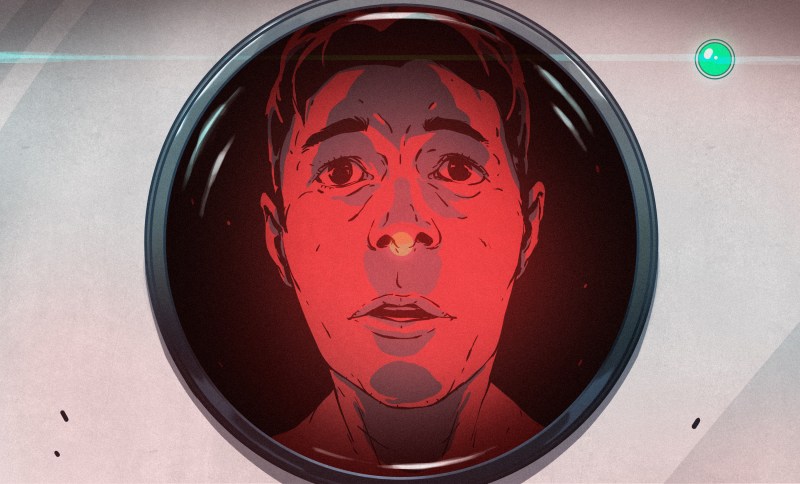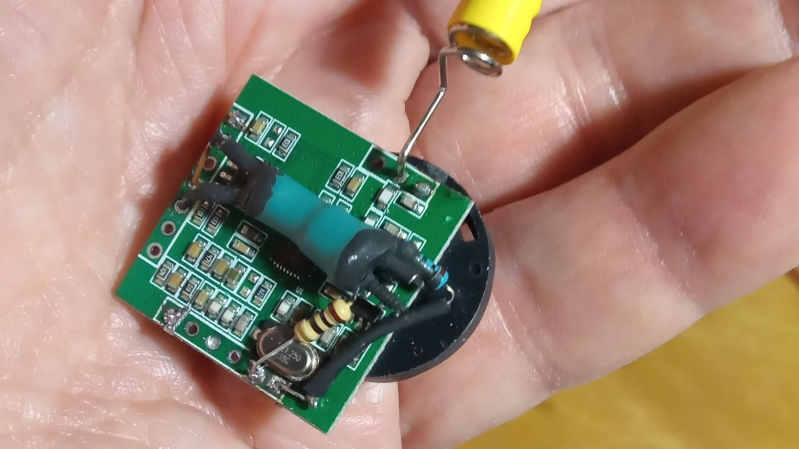So, it’s official: Andy Bogard is making his grand entrance into the gaming world again with Fatal Fury: City of the Wolves on June 24th. Because, let’s face it, we were all just waiting for another opportunity to see a man in a headband throw punches at pixelated opponents, right? I mean, who needs character development or innovative storytelling when you can have a guy with a sweet mullet and a never-ending supply of martial arts moves?
It’s almost poetic, really. Here we are, in the year 2023, still throwing ourselves into the nostalgia of 90s fighting games. It’s like we’re all stuck in a time loop, eagerly awaiting the return of characters who clearly haven’t aged a day. Andy Bogard, with his flashy moves and a wardrobe that screams "I’m too cool for school," is the epitome of that era. Who needs new heroes when you have the same old faces to beat the proverbial stuffing out of each other?
Let’s not ignore the clever marketing behind this either. “Fatal Fury: City of the Wolves” – a title that suggests we might actually encounter something wild and untamed. Spoiler alert: it’s just going to be more of the same. But hey, if you love the taste of nostalgia with a sprinkle of familiarity, then you’re in for a treat! I can already hear the collective “YAAAS!” from the fanbase as they dust off their old consoles, ready to relive the glory days of button-mashing combat.
And what about the rest of the roster? You know, the characters who might actually bring something new to the table? Oh, who are we kidding! As long as Andy is there, it’s like the rest are just wallpaper in this nostalgic room. “Oh look, another character that’s not Andy Bogard! Let’s just ignore them and wait for him to throw a fireball again!”
So mark your calendars, folks! June 24th is the date when we’ll all be reunited with our childhood memories. Just remember to keep the first aid kit handy because I can already hear the groans of all the players who will be nursing their thumbs after a night of relentless button-mashing.
In a world that constantly craves innovation, it’s refreshing to see that some things never change. Here’s to Andy Bogard – the man, the myth, the mullet. May your punches be swift and your headband ever stylish.
#AndyBogard #FatalFury #NostalgiaGaming #RetroGames #CityOfTheWolvesSo, it’s official: Andy Bogard is making his grand entrance into the gaming world again with Fatal Fury: City of the Wolves on June 24th. Because, let’s face it, we were all just waiting for another opportunity to see a man in a headband throw punches at pixelated opponents, right? I mean, who needs character development or innovative storytelling when you can have a guy with a sweet mullet and a never-ending supply of martial arts moves?
It’s almost poetic, really. Here we are, in the year 2023, still throwing ourselves into the nostalgia of 90s fighting games. It’s like we’re all stuck in a time loop, eagerly awaiting the return of characters who clearly haven’t aged a day. Andy Bogard, with his flashy moves and a wardrobe that screams "I’m too cool for school," is the epitome of that era. Who needs new heroes when you have the same old faces to beat the proverbial stuffing out of each other?
Let’s not ignore the clever marketing behind this either. “Fatal Fury: City of the Wolves” – a title that suggests we might actually encounter something wild and untamed. Spoiler alert: it’s just going to be more of the same. But hey, if you love the taste of nostalgia with a sprinkle of familiarity, then you’re in for a treat! I can already hear the collective “YAAAS!” from the fanbase as they dust off their old consoles, ready to relive the glory days of button-mashing combat.
And what about the rest of the roster? You know, the characters who might actually bring something new to the table? Oh, who are we kidding! As long as Andy is there, it’s like the rest are just wallpaper in this nostalgic room. “Oh look, another character that’s not Andy Bogard! Let’s just ignore them and wait for him to throw a fireball again!”
So mark your calendars, folks! June 24th is the date when we’ll all be reunited with our childhood memories. Just remember to keep the first aid kit handy because I can already hear the groans of all the players who will be nursing their thumbs after a night of relentless button-mashing.
In a world that constantly craves innovation, it’s refreshing to see that some things never change. Here’s to Andy Bogard – the man, the myth, the mullet. May your punches be swift and your headband ever stylish.
#AndyBogard #FatalFury #NostalgiaGaming #RetroGames #CityOfTheWolves















